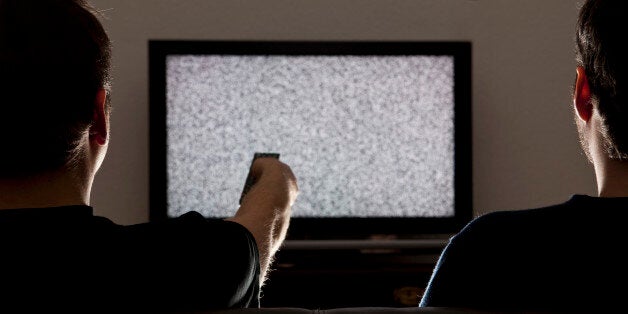
I recently spoke on a panel about the future of TV. Inevitably, instead of discussing its future, we ended up talking about its impending demise. The rise of digital media, smart phones and content streaming services were all quoted as architects of its doom. The consensus was clear; TV advertising is old-fashioned, ineffective and rooted in the past not the future.
However, TV isn't 'other', it is part of our everyday lives. As a commercial platform, it has been with us for over 60 years, and continues to be by far the biggest shop window for brands. New and emerging technologies have also been with us for decades, some of which were, at best, shiny new fads which faded into obscurity (Vine closed its door just last month). The more robust advances have stayed with us and have been modified and integrated into the marketing mix, and TV has remained a central plank of that offering for many.
If we accept for a moment that new content and advertising platforms are a potential issue for TV - then they are not alone - out of home advertising for example, is still a significant platform for many brands and digital iterations have only enhanced what is possible. Like the rest of society, TV has had to adapt to remain relevant and deliver what consumers want.
More platforms, routes to market and engagement are to be welcomed as an extension of what's possible. Engaging with consumers, establishing brands, winning trust and driving sales remain key motivations, but brands want and need the most effective platforms, not the most fashionable.
Take social media, undoubtedly a game-changing innovation, but do you remember Bebo and Friends Reunited? They quickly fell out of favour and were replaced with more advanced and relevant platforms. Even so, social media marketing in itself doesn't replace 'traditional' advertising. Those active in social media haven't abandoned TV. In fact, many of them are dual screening and using social media to comment in real time on the programmes they are watching. Recent years have seen a big uplift in TV apps - again, not to replace the programmes, but to widen the engagement with games, competitions and conversations. And the presence of a second screen with access to on line retail has made TV an enormously potent form of Point of Sale.
TV advertising is naturally going through the same changes. The clutch of must-see Christmas ads, are TV events in themselves and not just because they are on the box. It is the quality of the content and the 360 iteration on appropriate platforms that has made them so iconic. Inarguably though, the central lure is the big shared moment of theTV ad itself. Social media, in-store and outdoor activity amplify the advertisement, of course, but you wouldn't expect to see the first iteration of the John Lewis ad in-store would you?
The rise of online streaming platforms and advances in self-publishing services like YouTube have certainly affected TV, but not in the ways we might have first imagined. Technology has also opened up TV content to a global stage. The major impact of these technological innovations is that content really has taken centre stage. Expert TV writers and producers are making fantastic content, not just for a fragmented domestic market, but in many cases, programming that has to work internationally.
This in turn has had an effect on TV advertisers. In the last few years we have seen some of the most creative, filmic and memorable ads I can remember from Meerkats to Maltesers, there has been artful, trailblazing work.
TV programming and TV advertising have 60 years under their belts, so know a thing about adapting to change. Where TV scores highly is that it has been correcting reports of its death for decades, so is used to changing consumer tastes and the noise of doom mongering media commentators.
While new technology has been getting all of the attention in recent years, its quieter, more studious older sibling has been busy getting on with the job. Celebrity tie ups, brand extensions and product placement have been perfected by TV and advertisers and expanded the brand offer.
Television isn't dead, it's in rude health. But it certainly can't be complacent or ossified. To continue as a brand's best partner it must continue to change and work in harmony with its so-called rivals in online, social and digital. We'll all be much healthier for that.
